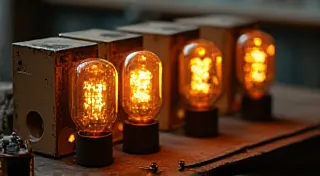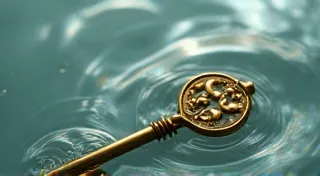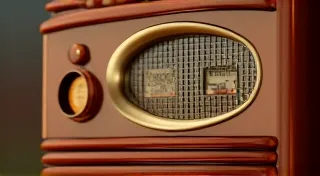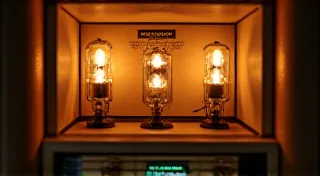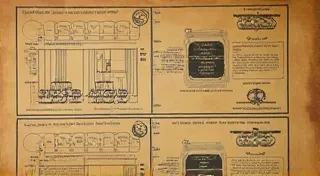The Role of Resistors in Antique Radio Circuits
Antique radios, marvels of engineering from a bygone era, rely on a complex network of components to function correctly. While tubes often steal the spotlight, resistors play a quietly crucial role. They’re the unsung heroes of voltage division, current limiting, and overall circuit stability. Understanding their function is a vital step in any radio repair or restoration project.
What Do Resistors Do?
At their core, resistors oppose the flow of electric current. This opposition, measured in Ohms (Ω), is their defining characteristic. But their resistance serves multiple important roles in antique radio circuits:
- Voltage Division: Resistors are frequently paired together to create voltage dividers. These circuits reduce a higher voltage to a lower, usable voltage needed for specific components like tubes or other sensitive parts. The ratio of the resistor values determines the output voltage.
- Current Limiting: Too much current flowing through a component can quickly damage it. Resistors are strategically placed to limit current flow, protecting tubes and other vulnerable elements. This is especially important in the high-voltage sections of a radio.
- Biasing Tubes: Tubes require specific voltage levels (biasing) to operate correctly. Resistors form part of the biasing circuits, ensuring the tubes are performing optimally.
- Load Matching: In some radio circuits, resistors are used to match impedance, maximizing power transfer and minimizing signal loss.
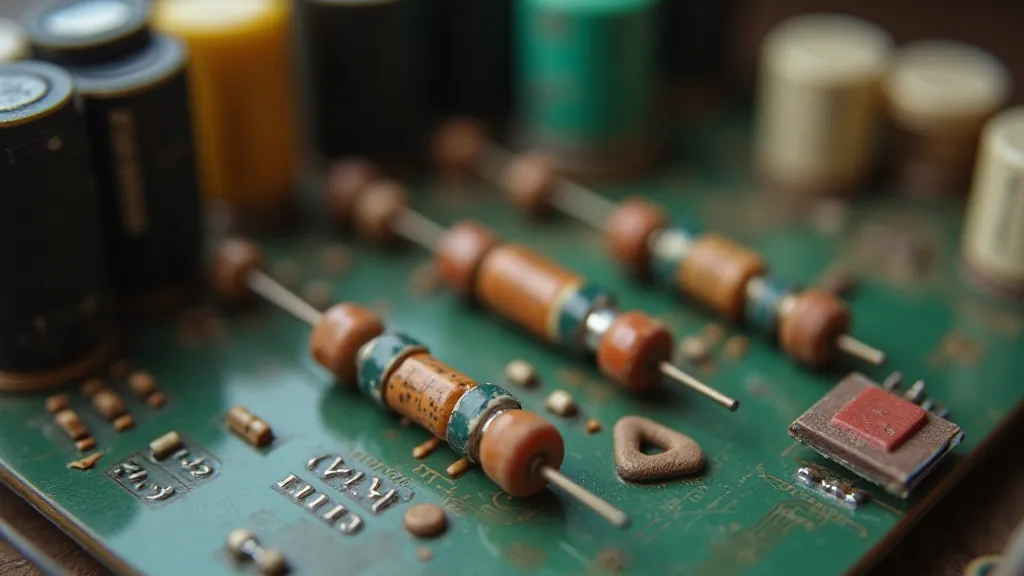
Identifying Antique Radio Resistors
Most antique radios utilize carbon composition resistors. These are easily identifiable by their bulky size and their color-coded bands. Each band represents a digit or multiplier, allowing you to determine the resistor’s value and tolerance.
The color code is a standardized system:
- First Band: First digit of the resistance value.
- Second Band: Second digit of the resistance value.
- Third Band (Multiplier): Indicates the power of ten by which to multiply the first two digits. (e.g., brown = x10, red = x100, black = x1000)
- Fourth Band (Tolerance): Indicates the acceptable deviation from the stated value. (e.g., silver = ±10%, gold = ±5%)
Online resistor color code calculators are readily available to help decipher these codes. It's helpful to practice identifying resistors using these calculators to build your confidence.
Resistor Replacement – Proceed with Caution!
When restoring antique radios, resistor replacement is sometimes necessary. Resistors can degrade over time, changing their value and impacting radio performance. However, always understand why you are replacing a resistor before doing so. A resistor's value is chosen for a specific reason within the circuit.
Here are some crucial considerations:
- Value: The replacement resistor must have the same resistance value as the original. A slight deviation can significantly alter the circuit's behavior.
- Wattage: The replacement resistor must have a wattage rating equal to or greater than the original. A resistor that is underrated can overheat and fail, potentially causing further damage.
- Type: Ideally, use a carbon composition replacement resistor to maintain the original design characteristics. While metal film resistors offer greater precision, they can sometimes subtly alter the radio's sound or performance.
- Safety First: Antique radios often operate at high voltages. Always discharge capacitors before working on the circuit. If you are uncomfortable working with high voltage, seek assistance from a qualified technician.
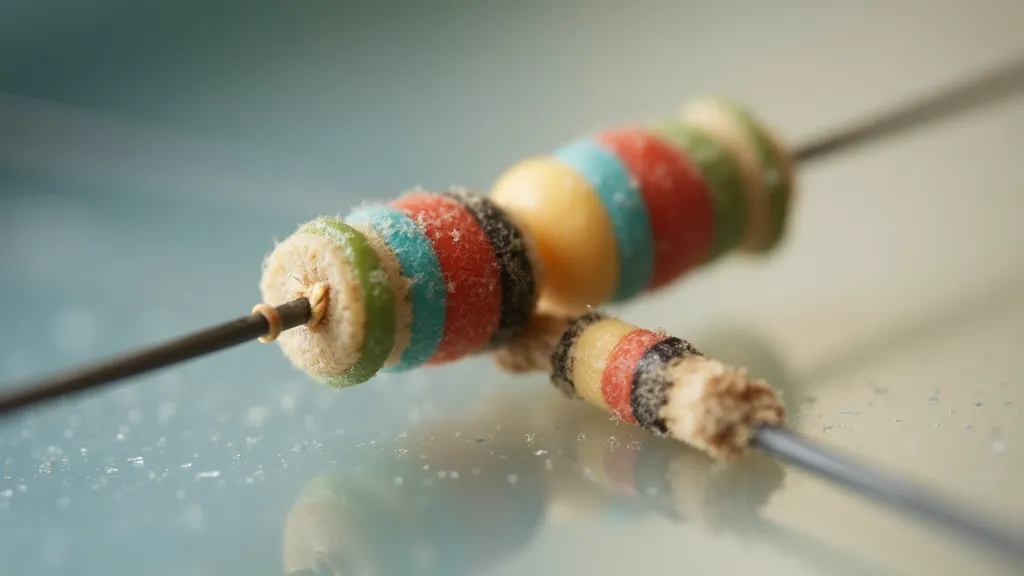
Troubleshooting Resistor Issues
Signs of a faulty resistor can include overheating, discoloration, or a significantly changed resistance value when measured with a multimeter. If you suspect a resistor is faulty, it’s crucial to verify its value using a multimeter before replacement. Always compare the measured value to the original color code.
Before replacing a suspected faulty resistor, double-check your work – a misread color code or incorrect measurement can lead to unnecessary replacements and further complications.
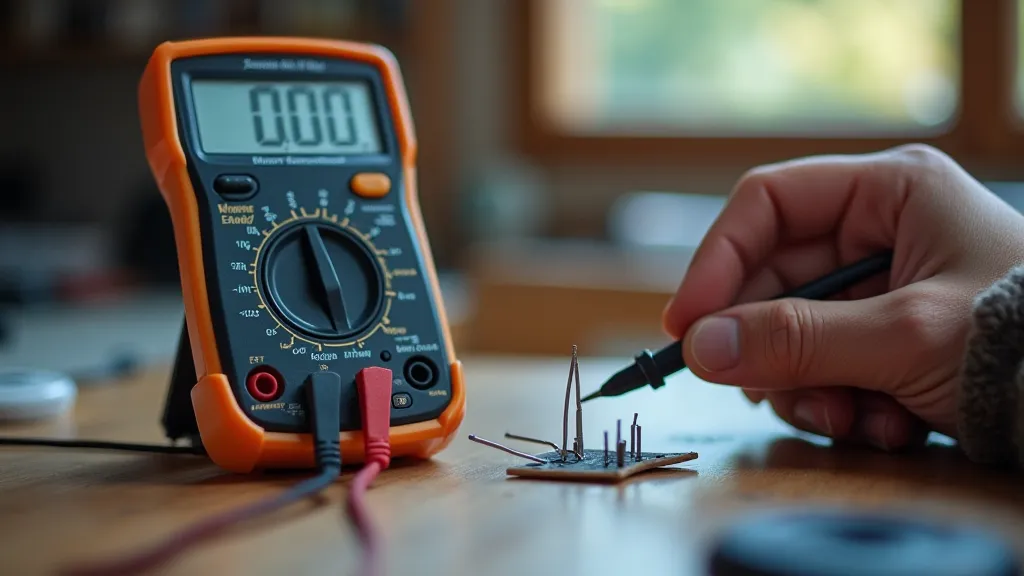
Understanding the role of resistors in antique radio circuits is essential for successful restoration. By carefully identifying, testing, and replacing these vital components, you can help preserve these iconic pieces of history.
